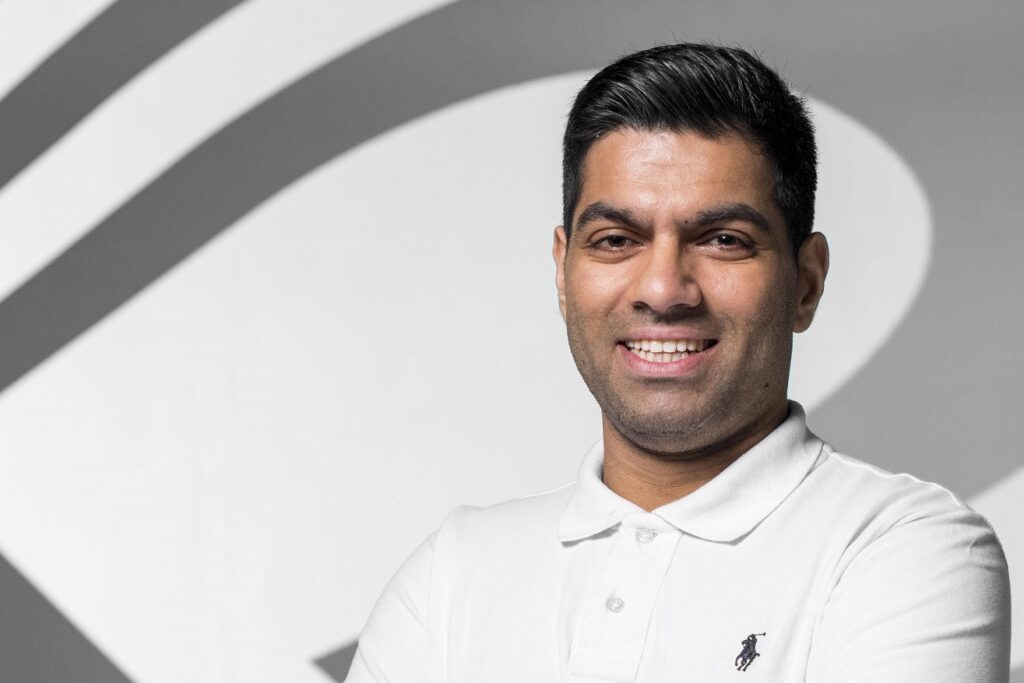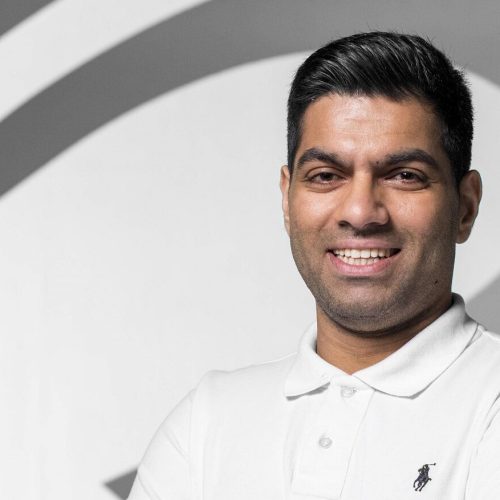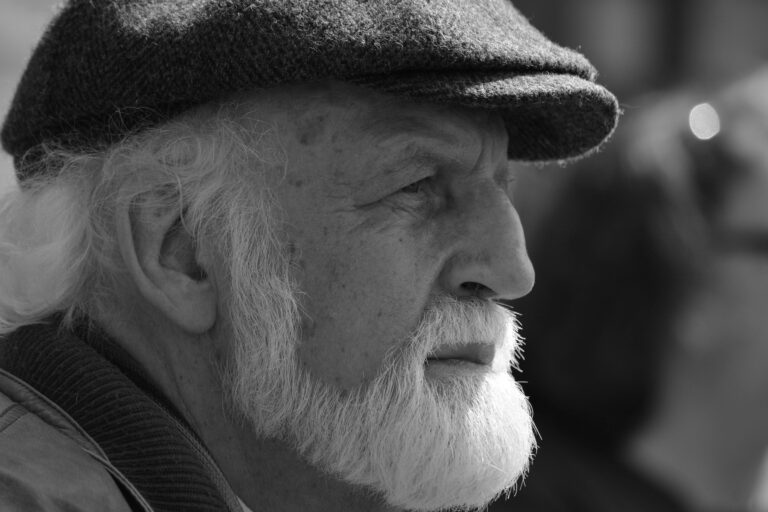
The NHS has been operating under strain for decades. The population has continued to grow, and so demand for healthcare has increased, but the resources available to provide these services have significantly declined.
This discrepancy between the care needed and the care available from GPs and other first contact clinicians is known as the primary care capacity gap. This capacity gap made an inauspicious backdrop for the COVID-19 pandemic, which has stretched our national health service far beyond what we ever could have comprehended.
Over the past 12 months, the number of patients accessing primary care has reduced significantly. There are a number of reasons for this. Lockdown periods, the redrafting of primary care staff, the misconception that GP services have been closed and the notion that patients must stay away from the NHS to protect it all unfortunately led to a drop in patients seeking appointments from their GP. According to NHS Digital statistics, during the first wave of the pandemic between March and August of 2020, there were around 26 million fewer appointments at GP surgeries than for the same period in 2019. This paints a worrying picture.
It’s worrying because this backlog of millions of people needing to see their GP is not going to go away. The patients who delayed seeking medical advice during the pandemic are still in need of help. The NHS, therefore, faces the huge challenge of working through this patient backlog, which continues to grow as GPs rightly focus their effort on the mammoth vaccine rollout.
The patient backlog and unprecedented demand for primary care services will impact all of us as we try to access GPs and other clinicians in the post-COVID world
Over the past year, we have observed how COVID-19 has interacted with pre-existing inequalities in society. For example, those in low-income professions have experienced higher rates of redundancy, driving wealth disparity, while school and nursery closures have inhibited work progression for mothers, widening the gender pay gap.
The patient backlog and unprecedented demand for primary care services will impact all of us as we try to access GPs and other clinicians in the post-COVID world. Those from deprived areas and ethnic minority groups, where access to healthcare is already limited, will disproportionately suffer.
Unfortunately, health inequalities have been no different. A damning report earlier this year found that England has “lost a decade” to health inequalities in the country’s most deprived areas, with life expectancy stalling for the first time in more than 100 years. This inequality has also been highlighted by the vaccine rollout, with research by the Royal College of GPs showing that white people in England are more than twice as likely to have been vaccinated as people from black backgrounds, and three times as likely as people from mixed ethnic backgrounds.
As a leading provider of digital healthcare services, we believe we can play a pivotal role in closing the primary care capacity gap and tackling health inequalities by equalising access to digital services.
Solutions like Push Doctor have the ability to support the NHS by providing additional resource, capacity, and resilience for primary care. While GPs in practice focus their efforts on administering vaccinations, Push Doctor is in a position to provide thousands of remote GP appointments at a cost significantly less than that of a face-to-face consultation. These digital appointments will enable us to continue to, and begin again, to care for those with pressing health concerns outside of the coronavirus pandemic.
But we are focused on innovating and developing our business in pursuit of greater and more equal access to healthcare. There are several ways in which we have already done this, and we have ambitions for the future that will also underpin this broader goal.

Push Doctor recently partnered with groups of GP practices, known as primary care networks (PCNs) in Plymouth and Hounslow, areas identified as ‘underdoctored’, to give over 85,000 and 300,000 patients respectively access to its ‘digital workforce’ of GPs and clinicians. Under-doctored areas are defined as those with fewer GPs per head than their more affluent counterparts. Our services, therefore, enabled these previously underserved communities with the ability to see a primary care clinician as and when they needed to.
In Hounslow, where the community is particularly diverse, we have built expansive language and translation settings which mean we can provide digital appointments to patients who are not native or confident English speakers.
While digital services go some way in overcoming existing inequalities, we are aware that they also present some of their own. For example, we know that owning or being comfortable using technology can be a barrier to patients benefiting from remote healthcare. Therefore, one solution we are currently trialling is bookable, sound-proofed video ‘pods’ with computers in community spaces like libraries. These pods allow any patient to walk in and have a private digital consultation, with staff on hand to give practical advice on using the technology. We hope this will go some way in addressing the disparity in the uptake of digital services we see amongst younger and older generations. These innovations go hand in hand with the NHS’s commitment to improving digital literacy and helping patients manage their care with its Widening Digital Participation initiative.
As an industry, we must work together to prevent people in the UK from experiencing differences in access to healthcare based on factors often outside of their control. It is fundamental that we continue to combat health inequalities, both pre-existing and reinforced by the coronavirus pandemic, whilst opening up access to healthcare.

Wais Shaifta
CEO of Push Doctor



